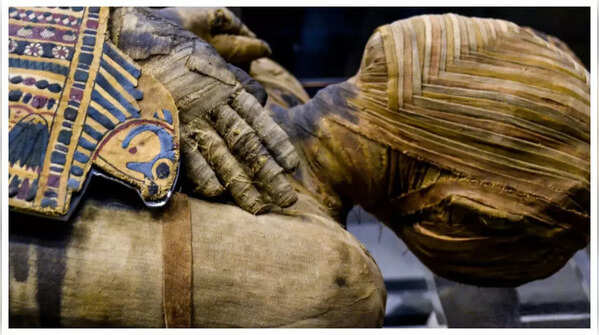The mystery of Egyptian mummies you would not know!

The mystery of Egyptian mummies you would not know!
Egyptian mummies have always been a subject of great interest, not only from researchers and scientists, but the general population as well. In ancient Egypt, mummification was a long and complex process, designed to preserve bodies for the afterlife. It involved the removal of internal organs, drying the body using special salts, and wrapping it in linen bandages, and storing in a casket that would then last thousands of years. The process was steeped in deep cultural beliefs, and here are some fascinating facts about it...

Belief in the after-life
The ancient Egyptians believed that mummification was a key process in the after-life of the deceased. Ancient Egyptians believed that the deceased continued to live in the afterlife, hence they needed to be well prepared which resulted in the mummification process, along with elaborate rituals, grave goods, ornaments etc, that would be buried inside the casket housing the mummy.

Journey of the soul
The main objective of the mummification was to preserve the body, as it was thought that the soul, which was called ka, needed one to inhabit post death. Egyptians believed the soul consisted of several parts, including the ka (life force) and the ba (personality), and that the body was the bearer for these spirits, hence it was important to have a physical form, even after death.

How was mummification done?
The mummification process began shortly after death, before rigor mortis could occur. During this process, all internal organs except the heart were removed, as the heart was believed to be the 'seat of intelligence'. These organs were dried and then placed in canopic jars for preservation. The body itself was covered in natron, a type of preservative salt, for a period of 40 to 70 days. This process effectively removed all moisture from the body. Once the body was dry, it was cleaned using palm wine and aromatic spices.

Wrapping up
To restore its natural shape, the body was filled with linen or sand. It was then anointed with oils and resin to soften the skin and protect it from moisture. The corpse was carefully wrapped in multiple layers of linen bandages, often coated with resin to ensure they adhered properly. Amulets were strategically placed between these layers to assist the deceased on their journey to the afterlife. Once mummified, the body was placed in a sarcophagus or coffin and sealed within a tomb. For pharaohs, the burial process was even more elaborate, with their remains placed in grand chambers filled with treasures.

Many secrets revealed
Modern scientific analysis, including CT scans, can reveal information about the mummies' diets, diseases, and even the causes of their deaths. For example, the mummy of King Tutankhamun, along with the elaborate burial goods, has been a subject of immense fascination and modern literature. This apart, a 2300-year-old mummy that no archaeologist has ever opened, but has been studied through CT scans and X-rays, revealing it was a man about 167 centimetres tall.








